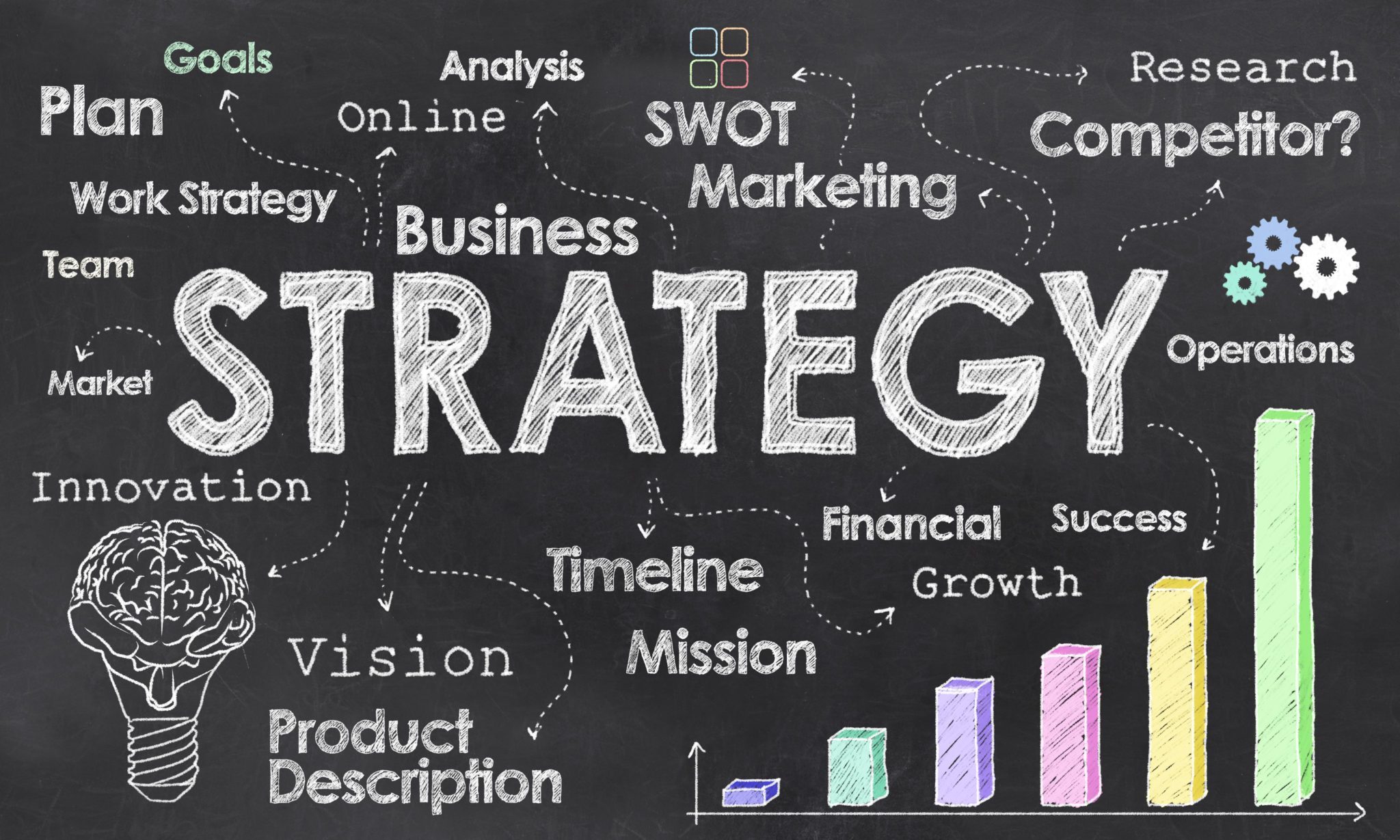In today’s rapidly evolving globalized economy, businesses face unprecedented challenges and opportunities. To remain competitive, organizations must undergo significant transformations that address the complexities of a dynamic marketplace. Global business transformation involves a fundamental shift in how a company operates, encompassing changes in strategy, culture, technology, and operations.
Key Drivers of Global Business Transformation
Several key factors are driving the need for global business transformation:
- Technological Advancements: The rapid pace of technological innovation, including artificial intelligence, cloud computing, and the Internet of Things, is disrupting traditional business models and creating new opportunities.
- Globalization: The increasing interconnectedness of the global economy requires businesses to adapt to diverse markets, cultures, and regulations.
- Changing Customer Expectations: Customers today are more demanding and expect personalized experiences, instant gratification, and seamless omnichannel interactions.
- Increased Competition: Competition is intensifying across all industries, forcing businesses to innovate and differentiate themselves to maintain a competitive edge.
- Economic and Geopolitical Uncertainty: Economic fluctuations, geopolitical instability, and global pandemics create significant uncertainty and require businesses to be agile and adaptable.
Key Elements of Successful Global Business Transformation
Successful global business transformation requires a multi-faceted approach that addresses the following key elements:
- Strategic Vision: Defining a clear and compelling vision for the future of the organization, outlining its strategic goals and objectives.
- Customer-Centricity: Placing the customer at the heart of all business decisions and prioritizing their needs and preferences.
- Digital Transformation: Embracing digital technologies to enhance customer experiences, improve operational efficiency, and gain a competitive advantage.
- Organizational Change Management: Implementing effective change management strategies to address employee concerns, build buy-in, and ensure a smooth transition.
- Data-Driven Decision Making: Leveraging data analytics to gain insights into customer behavior, market trends, and operational performance.
- Innovation and Agility: Fostering a culture of innovation and encouraging experimentation to develop new products, services, and business models.
- Global Collaboration: Building strong global teams and fostering collaboration across borders to leverage diverse perspectives and expertise.
Challenges and Considerations
While global business transformation offers significant opportunities, it also presents several challenges:
- Resistance to Change: Overcoming resistance to change from employees and other stakeholders can be a significant hurdle.
- Talent Management: Developing and retaining the necessary skills and talent to support the transformation.
- Data Security and Privacy: Ensuring the security and privacy of sensitive data in a globalized and interconnected world.
- Regulatory Compliance: Navigating complex and evolving regulatory environments in different countries.
- Maintaining Competitive Advantage: Sustaining competitive advantage in a rapidly changing and dynamic marketplace.
The Future of Global Business Transformation
The future of global business transformation will be characterized by continued innovation, increased complexity, and the need for ongoing adaptation. As technology continues to evolve and the global landscape becomes increasingly interconnected, businesses that embrace global business will be best positioned to thrive in the years to come.
By embracing these challenges and leveraging the opportunities presented by global business , organizations can achieve sustainable growth, enhance their competitiveness, and create lasting value for their stakeholders.









